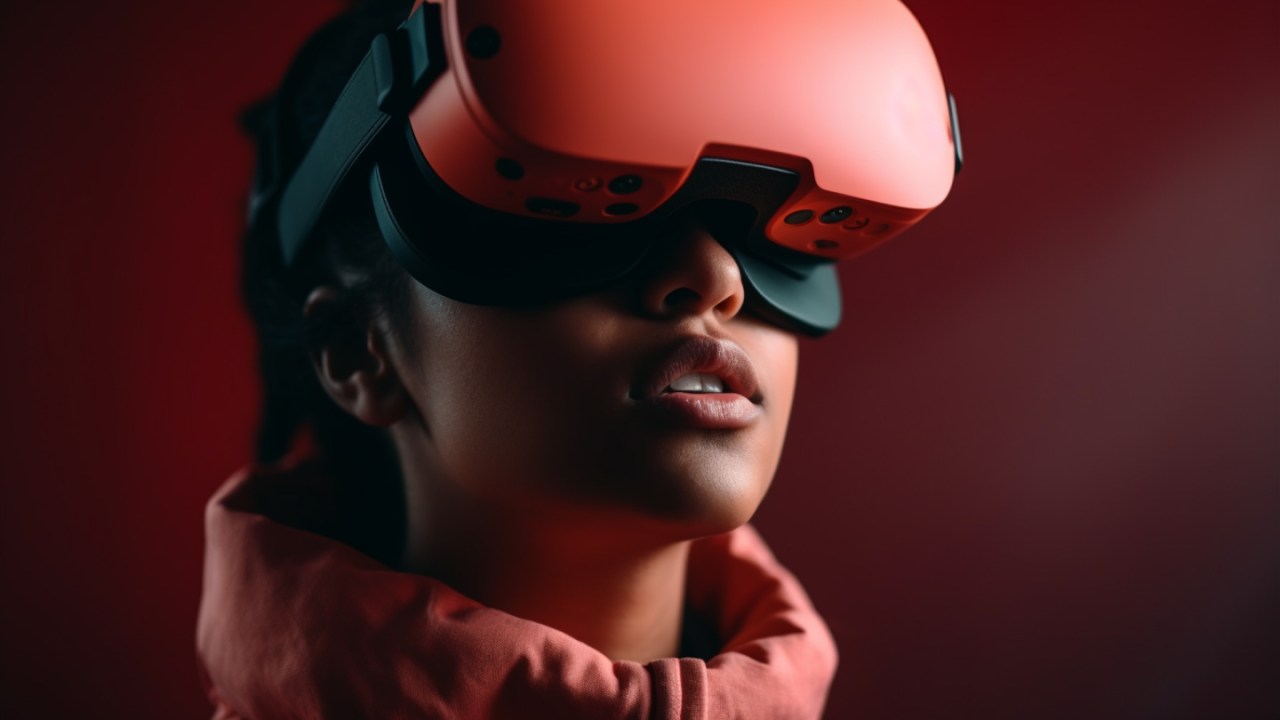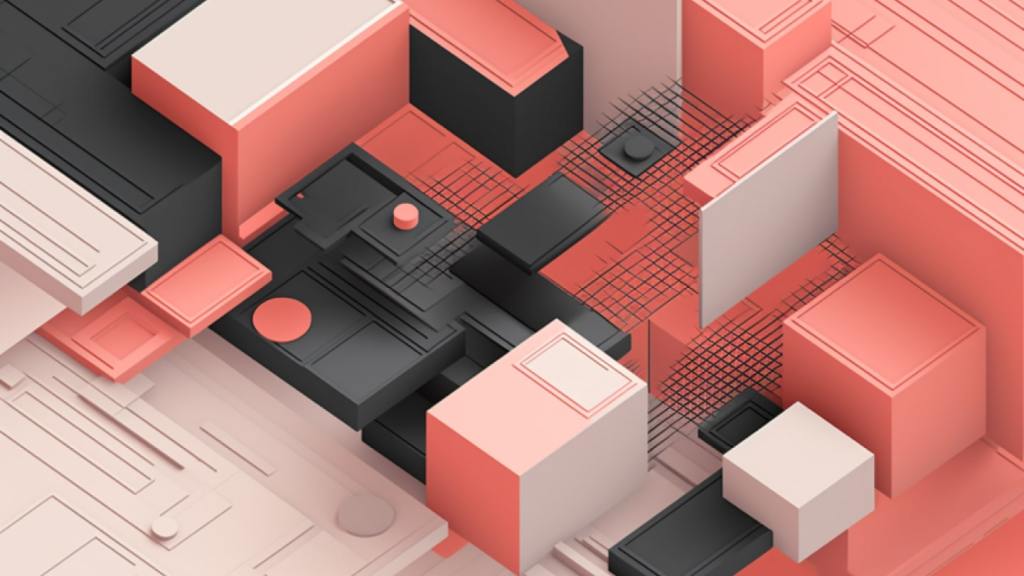Mobility in the Realm of Augmented and Virtual Reality
Augmented and Virtual reality have already become mainstream technologies in industries like tourism, healthcare, education and gaming. There were times when a specially equipped device dedicated to single purpose was much needed; but now even a simple handheld mobile or a tablet enables you experience faux world. With configurations like sensors, compass, and GPS, you can render images onto real world objects or go for Head Mounted Display (HMD) to experience virtual reality.
Finding a place in a new area or a building was never easy when you are just a visitor, whether it is a city or a multi-facility complex, corporate building, hospital or mall. But with solutions based on augmented reality, things are on your finger-tip. Just pop-out your cellphone camera, capture view of location and navigate to your destination or find nearby café or train station.
Whereas VR based simulations and content help you experience things in real just by attaching your phone to VR headset. From virtual tours of resorts to theme parks or a roller coaster ride, everything can be so closely experienced through VR.
InfoBeans’ hands-on:
Lifestyle App in AR: Mobile app that can help you toggle and use custom AR maps, to look for offices, shops, eateries, parking within defined radius.
AR-based Vehicle Locator: Let’s say you are done with your grocery shopping but now you forgot where you parked your vehicle, this AR-based locator helps you find direction and shortest distance to reach your vehicle with voice assistance. It’s also very useful at places like a stadium or a rock concert hall.
Tourism Marketing in VR– InfoBeans’ solutions for tourism industry bring disruptive innovation to the market giving traveler a real feel of their destination. Gone are the days when people used to choose their vacation by browsing destination images. Get yourself virtual tours and then book your itinerary.
Custom Video Player in VR: An app that plays 360 degree and VR videos based on gyro sensor following the head tilt moment of person wearing the VR-headset. As soon as user looks at a particular video in gallery, the video starts playing automatically.









